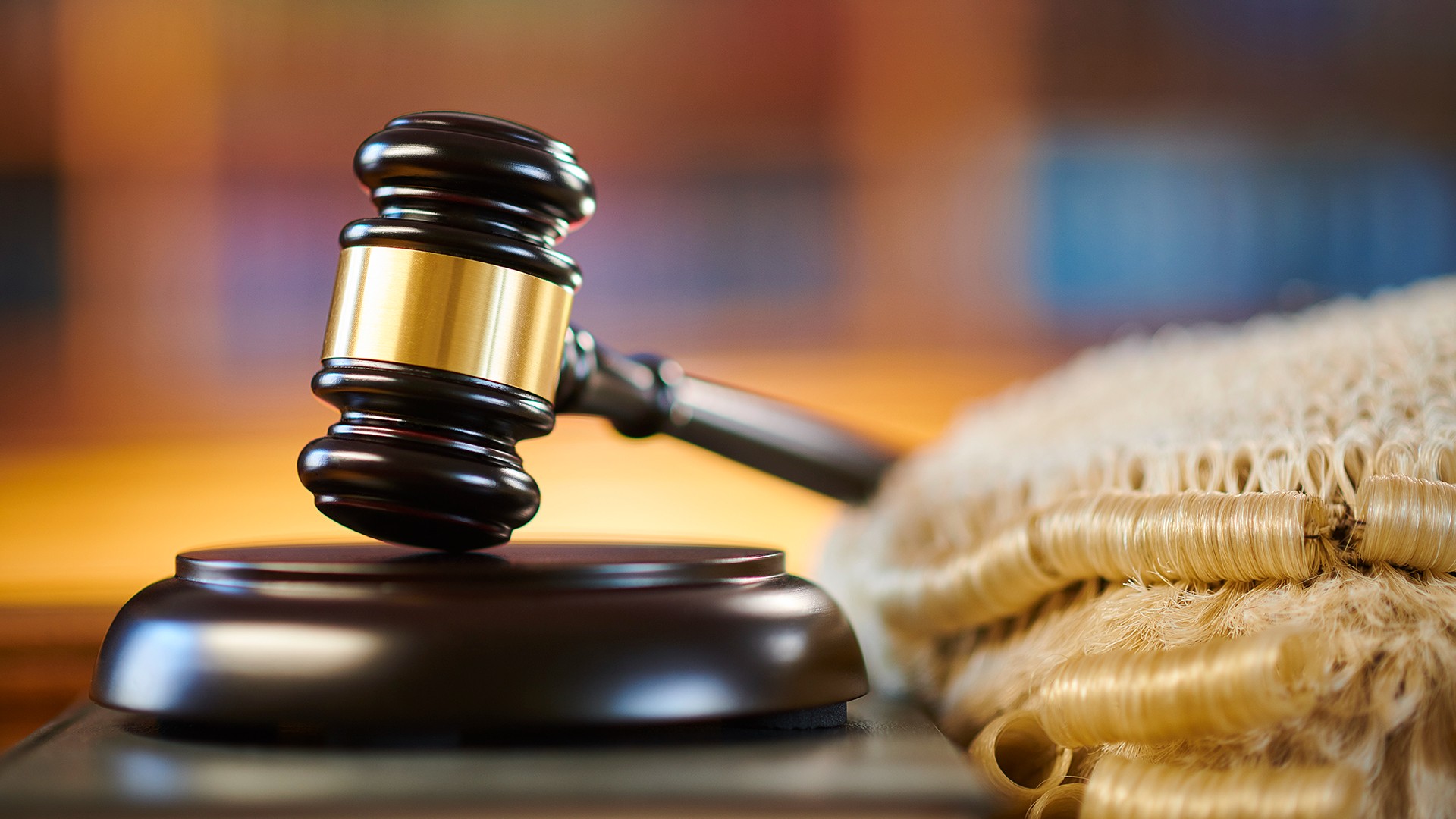In the realm of legal conflict, litigation stands as the quintessential battleground where disputes are resolved, rights are asserted, and justice is pursued. This Bitcointipsblog.com article explores the multifaceted nature of litigation, shedding light on its intricacies, procedures, and the pivotal role it plays in shaping the outcomes of legal conflicts.
Table of Contents
ToggleI. The Essence of Litigation: A Legal Showdown
At its core, litigation is the process by which legal disputes are brought before a court for resolution. Whether civil or criminal, the essence of litigation involves opposing parties presenting their cases before a neutral adjudicator—the judge. This adversarial system is designed to ensure a fair and impartial examination of the facts and legal arguments.
II. The Litigation Landscape: Civil vs. Criminal Proceedings
Litigation encompasses both civil and criminal proceedings, each with distinct objectives and procedures. Civil litigation involves private disputes between individuals or entities, seeking remedies such as compensation or specific performance. Criminal litigation, on the other hand, involves the state prosecuting individuals for alleged violations of criminal law, aiming to impose penalties such as fines or imprisonment.
III. Pleadings and Discovery: Building the Legal Arsenal
The journey of litigation begins with pleadings, where parties outline their claims and defenses. Following this, the discovery phase unfolds, allowing each side to gather evidence, interview witnesses, and request relevant information. These pre-trial processes lay the groundwork for the legal battle that will unfold in the courtroom.
IV. The Art of Advocacy: Lawyers as Litigation Architects
Central to the success of litigation is the art Cryptosuccessful.com of advocacy. Lawyers, representing the interests of their clients, craft legal strategies, present arguments, and navigate the complexities of the law. Their role is not just to interpret statutes and case law but to persuasively convey their client’s position to the judge or jury.
V. Trial Dynamics: The Courtroom Drama
The climax of litigation occurs in the courtroom, where evidence is presented, witnesses are examined and cross-examined, and legal arguments are passionately articulated. The trial is the stage where the merits of each case are tested, and the adjudicator makes decisions based on the law and the presented evidence.
VI. Appeals and Post-Trial Proceedings: Seeking Legal Redress
The conclusion of a trial does not always mark the end of the litigation journey. Dissatisfied parties may seek redress through the appellate process, where higher courts review the decisions of lower courts. Post-trial motions and appeals contribute to the ongoing evolution of legal precedents and interpretations.
VII. Settlement and Alternative Resolutions: Steering Clear of the Courtroom
While litigation is often associated with courtroom drama, many disputes find resolution through settlements or alternative dispute resolution mechanisms such as mediation or arbitration. These approaches provide parties with opportunities to reach agreements outside the formal courtroom setting, often resulting in more efficient and mutually acceptable outcomes.
In essence, litigation is a dynamic and multifaceted process that serves as the crucible for legal conflict resolution. From the initial filing of pleadings to the dramatic courtroom proceedings and potential appeals, the journey of litigation is a complex interplay of legal strategy, procedural rules, and the pursuit of justice. Understanding the dynamics of litigation is essential for those navigating the legal landscape, whether as litigants, legal professionals, or curious observers of the legal process.

